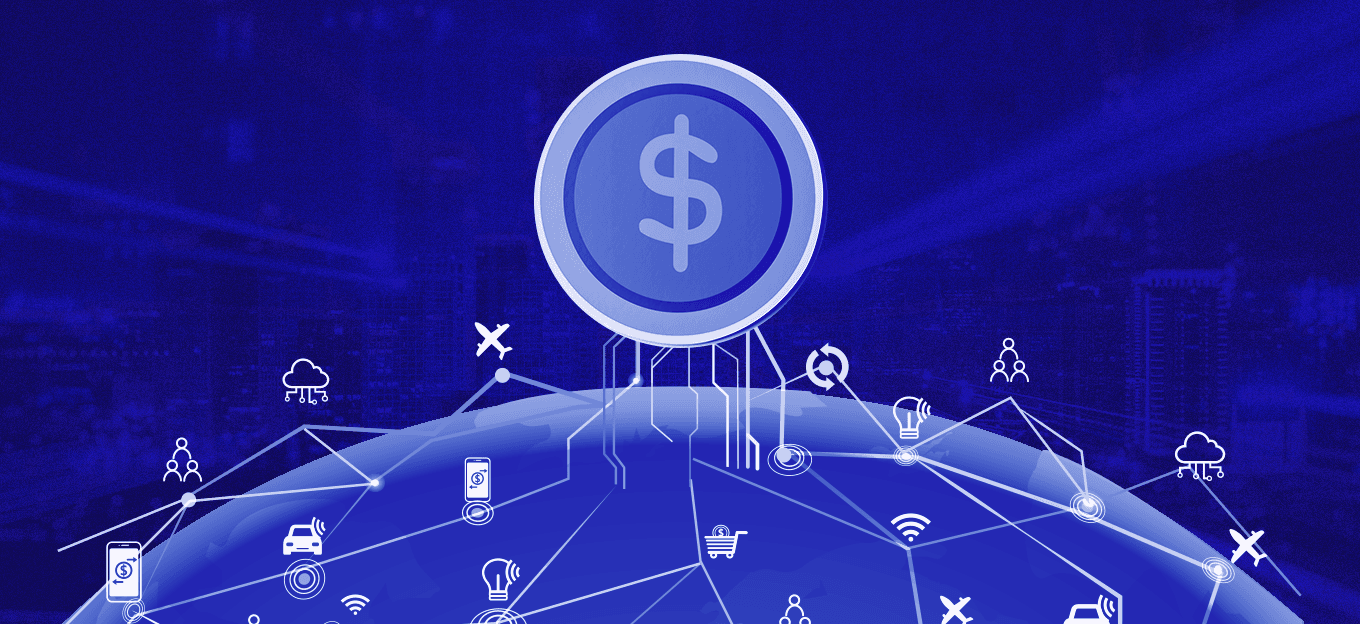Will ChatGPT Be Your Home's New Voice Assistant?
Will ChatGPT Be Your Home's New Voice Assistant?
- Last Updated: December 2, 2024
Rightpoint
- Last Updated: December 2, 2024



I asked ChatGPT how it could disrupt the smart home, beyond what Alexa and other personal assistants can do. It told me that with its advanced AI language models, it can enhance the smart home in myriad and exciting ways.
AI-powered language models have a greater depth of personality and capabilities than today’s voice assistants, as they pack a lot of power and can infuse their responses with real conversational depth. For instance, AI-powered assistants can contextualize responses with data that come directly from the environment. This, in turn, opens up existing smart home devices to a whole new level of innovation.
That’s not to say that the functionality of voice assistants will go away. We still need Alexa to handle simple commands and responses, like turning up the heat or telling us about tomorrow’s weather report. These sorts of simple transactions will continue to be a forte of voice assistants in the smart home for the foreseeable future.
"AI-powered language models have a greater depth of personality and capabilities than today’s voice assistants, as they pack a lot of power and can infuse their responses with real conversational depth."
Reactive to Proactive
But today’s voice assistants fall short of a few opportunities to expand value in the smart home. Most communication with voice assistants revolves around simple command and response or action, so there’s little room for contextualizing data in your smart home. And yet today’s smart home devices produce so much data. An AI-powered language model can help connect the dots between these different devices in your home to make it smart.
For instance, the next generation of smart thermostats and occupancy sensors use mmWave, a technology that’s capable of detecting the smallest movements in a room and even inferring the vital signs of someone who is in it. If the person is breathing heavily, it can ask if they’d be more comfortable with a lower room temperature. Eventually, as consumers gain trust in AI voice-enabled assistance, they may opt to have the assistants modify the home environment automatically.
What’s more, AI-powered voice assistants are omnichannel. Imagine receiving a text from a home device informing you of a water leak it just discovered, that it automatically shut the water off, and asks if it should make an appointment with a local plumber for you. A ChatGPT-like assistant can also make correlations with smart home sensor data and health and fitness info to make well-time suggestions when you open your refrigerator door. It can suggest options that meet your health goals, and even order appropriate items so that you have them on hand.
This illustrates how we can elevate the AI language models to serve as the true brains of a smart home, making inferences, analyzing behavior, and responding proactively to add value to a person’s life. This contrasts with today’s voice assistants, which at best will remind you of a doctor’s appointment you have already scheduled.
In some instances, an AI-powered smart assistant can serve as a digital companion for isolated people. For instance, ElliQ, a smart device offered by Intuition, is optimized for sympathy and to be a “friendly presence” in the lives of older people.
At the moment ElliQ is a standalone device, but the day with that kind of rich contextual language becomes possible via a smart assistant is not in the distant future.
Making the Smart Home Smarter
One of the reasons I’m excited about AI-driven assistants is that they will streamline every aspect of setup and interoperability of smart home devices consumers purchase. Smart devices offer a lot of functionality, but for some users, the setup piece is insurmountable.
I can envision a world in which consumers purchase a smart device, then instruct their AI-powered smart assistant to set it up for them. Once the users turn on the device, the assistant takes it from there, ensuring the device is integrated into the home experience. It can detect the room in which the consumer has placed the device, and configure it to trigger off of other devices in the same room automatically. If the user is confused by options, the smart assistant can explain each, refining it based on user request, just as we use ChatGPT today.
Potential Risks
I’m a big proponent of AI, but there are some things that all smart device product developers and manufacturers need to account for. In an interview, OpenAI CEO Sam Altman warned that all AI can be misused for nefarious purposes. A more everyday concern is that when users carry on conversations with the smart assistant, it can inadvertently put them in a bubble, ultimately altering their worldview. Already we see moves by political interests to create chatbots that reflect their leanings.
As is the case with all AI, we’ll need to place some controls to regulate it. In a sense, we need to have some ethics around AI so that smart assistants don’t feed into a user’s bias and skew their judgment. But all technology comes with risks and with the right safeguards in place, I’m optimistic that AI-powered smart home devices will improve lives for users in myriad ways.
The Most Comprehensive IoT Newsletter for Enterprises
Showcasing the highest-quality content, resources, news, and insights from the world of the Internet of Things. Subscribe to remain informed and up-to-date.
New Podcast Episode

IoT and AI in 2026
Related Articles





